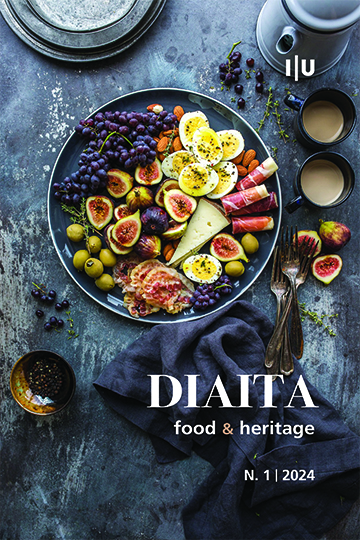Food heritage and affective memories in Carmézia Emiliano Macuxi’s literature and the Zo’é: cassava on the ancestral table of indigenous people
DOI:
https://doi.org/10.14195/2976-0232_1_4Keywords:
Indigenous literatures, Macuxi People, Zo’é People, food heritage, cassavaAbstract
Carmézia Emiliano’s pictorial narratives document the cultural landscape and food heritage of the Macuxi people, based on affective memories of indigenous daily life. The Macuxi community is located in the Raposa Serra do Sol Indigenous Land, in the extreme north of Roraima, Brazil, in the Amazon biome. Indigenous literatures can be thought as documentary sources that express the daily life of different communities. This article analyzes the food practices of the Macuxi people according to the indigenous literature The Tree of Life, by Carmézia Emiliano, weaving a dialogue with the indigenous literature Eremi’u Rupa (Place of my Food), by the Zo’e People. The Zo’e People belongs to a small community in northern Pará, Brazil, and is considered one of the last intact contact groups in the Amazon. Both peoples have cassava as a central element in their diet, and it is from cassava that knowledge and practices are placed on artistic tables in the center of the village. In the literature The Tree of Life three works was analyzed: Damurida, The indigenous women preparing pajuaru, and Handicrafts. In the literature Eremi’u Rupa the speech of the Kubi’euhu, young leader, was analyzed, together with the drawing U’I Apoha (Making Flour), which portrays the eating practices of the Zo’é People.



